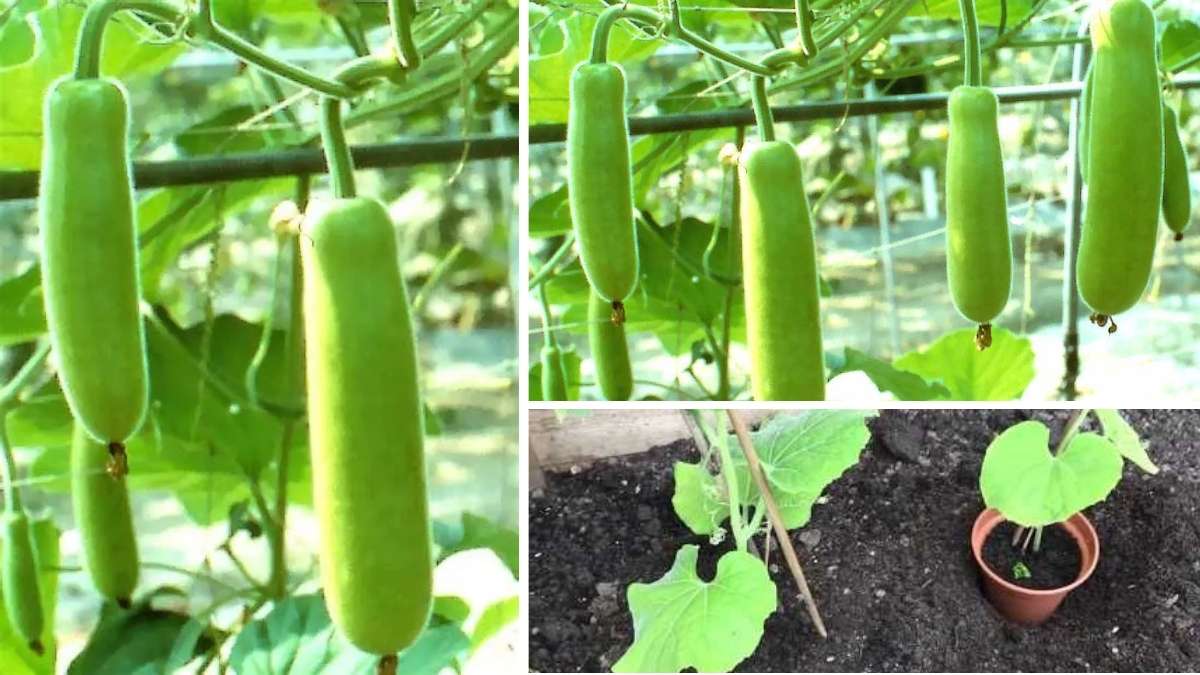Growing lauki (bottle gourd) on your balcony is an excellent way to enjoy fresh, homegrown produce even if you don’t have access to a large garden space. Lauki is a versatile vegetable that can be used in soups, stews, and curries, making it a great addition to your culinary collection. In this guide, we’ll walk you through the process of growing lauki in containers, ensuring that your plants thrive and produce plenty of delicious gourds.
Understanding Lauki’s Growing Needs
Before you start, it’s important to know that lauki plants require a warm climate and plenty of sunlight. They thrive in temperatures between 25°C and 35°C. As long as your balcony gets at least 6-8 hours of direct sunlight a day, you’ll be in a good position to grow this vegetable successfully.
Choosing the Right Container
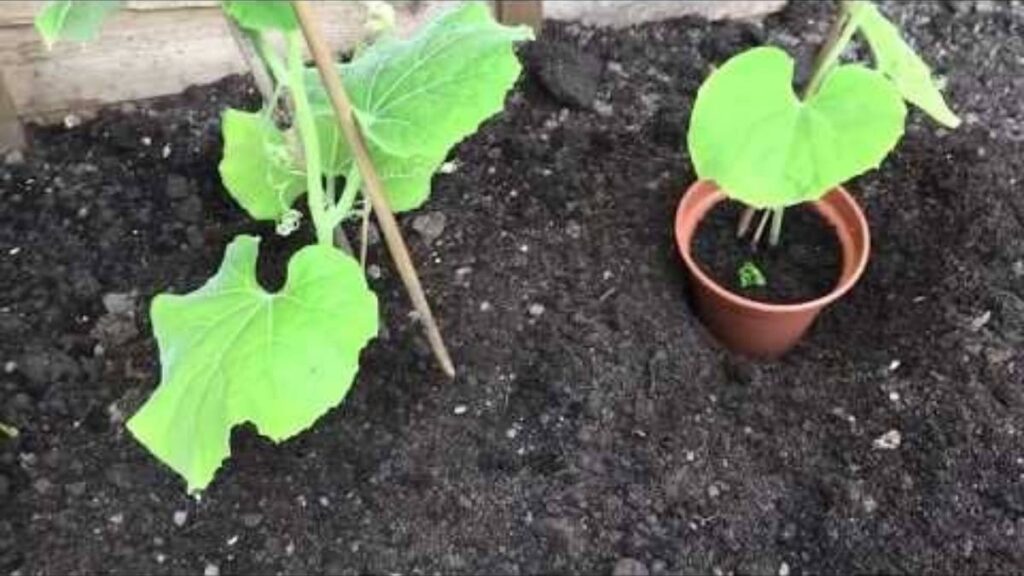
The first step in growing lauki on your balcony is selecting the right container. A large pot or container with a depth of at least 12 inches (30 cm) is ideal, as lauki plants have deep roots. Ensure the container has drainage holes to prevent water from collecting at the bottom, which can lead to root rot.
Plastic or clay pots work well, but if you’re using plastic, make sure it’s sturdy enough to hold the plant as it grows. You can even repurpose an old container or bucket as long as it meets the size and drainage requirements.
Selecting the Right Soil
Lauki plants prefer well-draining, nutrient-rich soil. A good potting mix is essential for healthy growth. You can either buy a ready-made potting mix or make your own by mixing equal parts of compost, garden soil, and sand. Adding some well-rotted manure to the soil will provide additional nutrients, helping your plant grow strong.
Before planting, make sure the soil is moist but not soggy. This will encourage better root development and ensure the plant has the right environment to thrive.
Planting Lauki Seeds
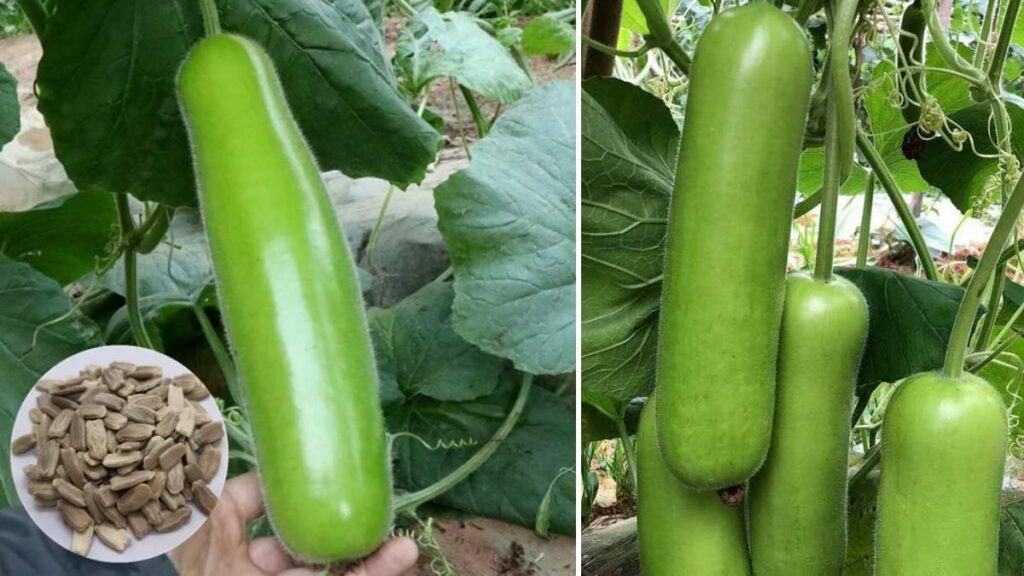
Once your container and soil are ready, it’s time to plant the seeds. Lauki seeds should be planted directly into the soil, about 1 to 2 inches deep. You can plant 2-3 seeds per container to account for germination. If you’re concerned about overcrowding later on, you can always thin out the weaker seedlings once they start to sprout.
Water the seeds lightly after planting and ensure the soil remains moist. The seeds should start to germinate within 7 to 10 days, depending on the temperature and soil conditions.
Providing Support for the Vine
Lauki plants are vines that need vertical space to grow. As the plant starts to climb, it will need support. You can set up a trellis or a small mesh fence to help the vines grow upwards. This not only saves space on your balcony but also keeps the fruits off the ground, making it easier to harvest.
Be sure to regularly tie the growing vines to the support structure with soft twine to prevent them from tangling. As the vines grow longer, they will naturally start producing flowers and eventually fruits.
Watering and Fertilizing
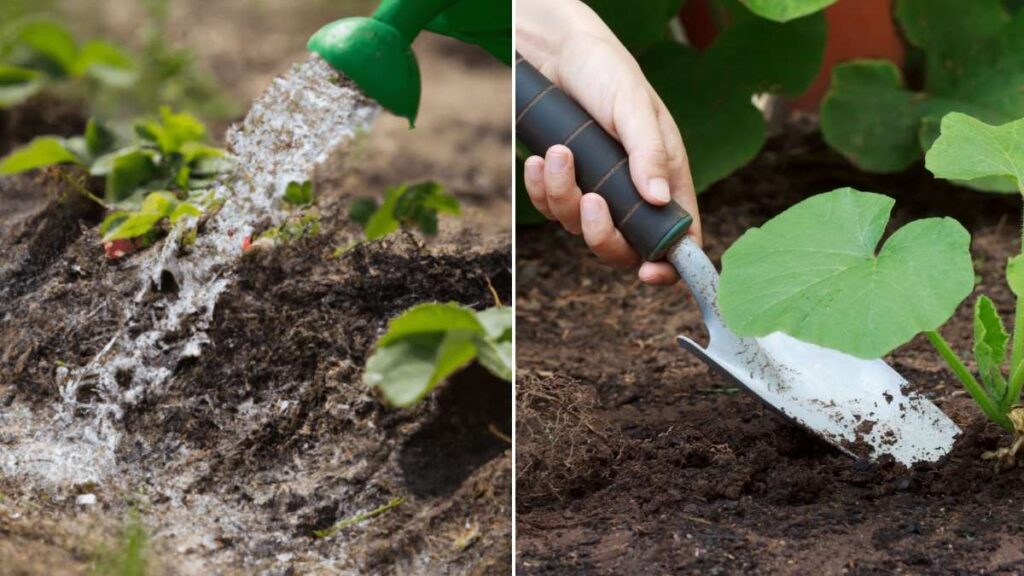
Watering is crucial for the health of your lauki plant. While the plant needs a steady supply of water, avoid overwatering. It’s best to water the plant deeply once a week, ensuring that the water reaches the root zone. During hotter months, you may need to water it more frequently, but always check the soil’s moisture level before adding more water.
Fertilization is equally important. You can fertilize your lauki plant with a balanced liquid fertilizer once every 2-3 weeks. Alternatively, you can use organic fertilizers like compost or well-rotted cow dung to enrich the soil. Fertilizing will help your plant produce healthy, high-quality fruits.
Managing Pests and Diseases
Like most plants, lauki is susceptible to pests such as aphids, whiteflies, and caterpillars. To protect your plant, regularly inspect the leaves and stems for signs of pest infestation. You can remove pests manually or use an organic insecticidal soap to treat the affected areas.
Fungal diseases can also affect lauki plants, especially if the soil is too wet or the air is stagnant. To prevent this, make sure your container has proper drainage and ensure good air circulation around the plant. If you notice any signs of fungal infection, such as yellowing leaves or mold, remove the affected areas immediately and treat the plant with an organic fungicide.
Pruning and Maintenance
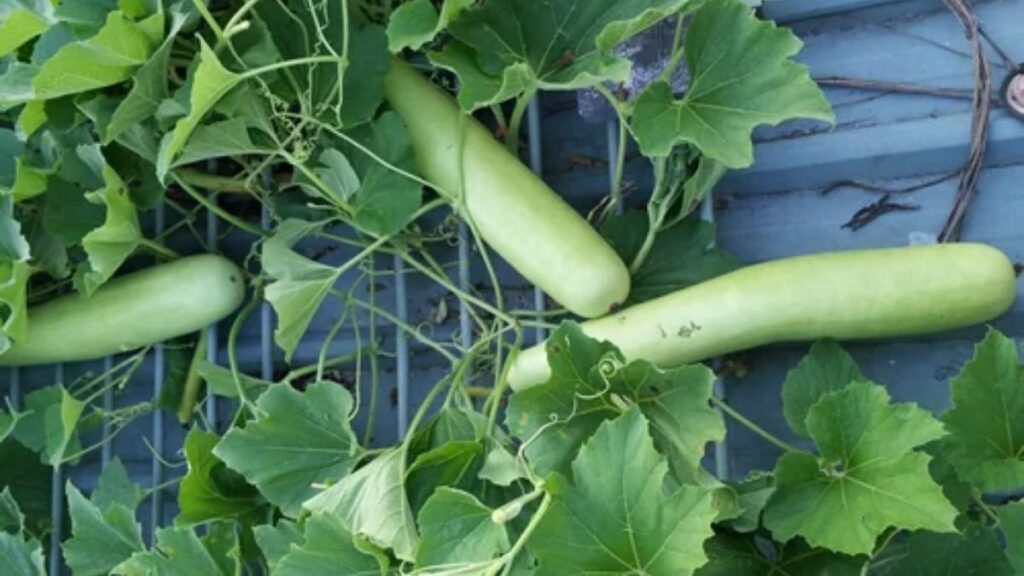
Regular pruning is important to keep your lauki plant healthy and productive. Prune the vine regularly to remove dead or damaged stems and leaves. This will not only help the plant stay strong but also encourage better fruit production.
Cutting back the growing tips of the plant once it reaches a certain height can help redirect energy into fruiting rather than just producing more leaves. Pruning will also make it easier to manage the space on your balcony, especially as the vine can spread out quite a bit.
Harvesting Lauki
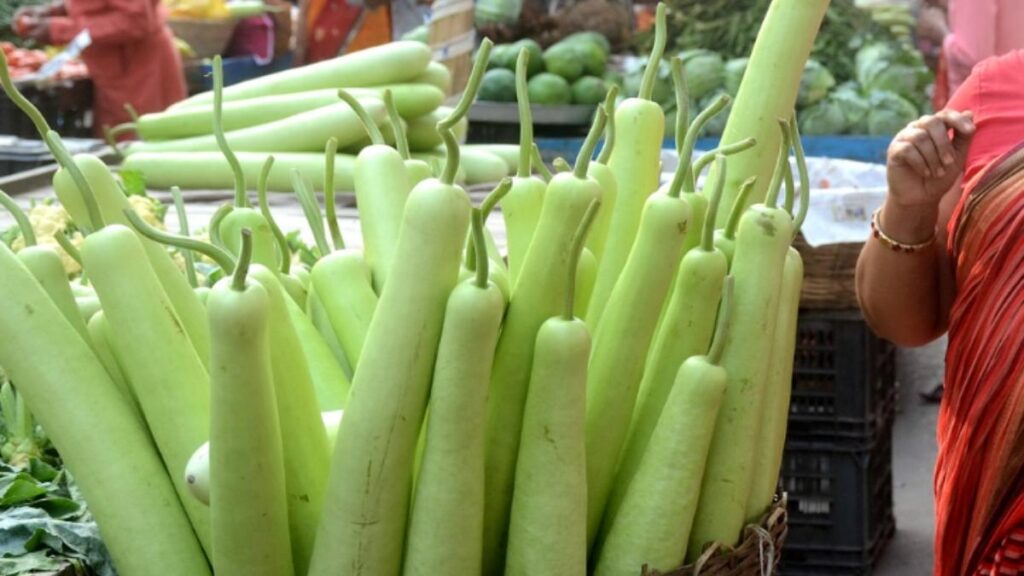
The best time to harvest lauki is when the fruits are still young and tender. If you wait too long, the gourds can become tough and bitter. Depending on the variety of lauki you’re growing, it typically takes about 50 to 60 days for the fruits to mature. You can test if the fruit is ready by gently pressing the skin. If it gives slightly, it’s ripe and ready for harvesting.
Use a sharp knife or scissors to cut the fruits from the vine. Be sure to leave a small portion of the stem attached to the fruit to prolong its shelf life.
Conclusion
Growing lauki on your balcony is an enjoyable and rewarding experience. By following these simple steps choosing the right container, soil, and support system, providing proper care, and regularly monitoring for pests and diseases you’ll be able to enjoy fresh lauki from your very own balcony garden. It’s a great way to add flavor to your meals while staying connected to nature. Happy gardening!

